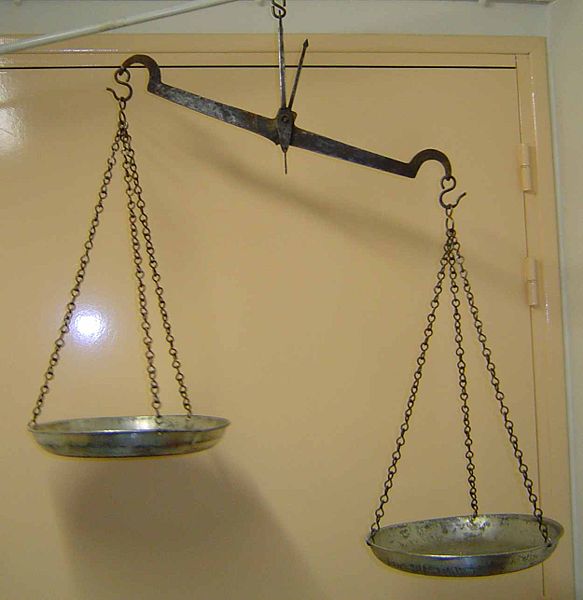The amount of tax a business needs to pay is often a fixed percentage of the profit they earn. Generally, where they earn revenue, the tax payable increases, while incurring expenses decreases tax payable.
If the business is operating in Australia, among others, it would need to follow the accounting standard AASB 112 Income Taxes, which, in general, would require two things:
- Calculating current tax payable by reconciling from the accounting profit recorded for the year
- Calculating deferred tax by recognising the differences between the accounting and tax balances of assets and liabilities





